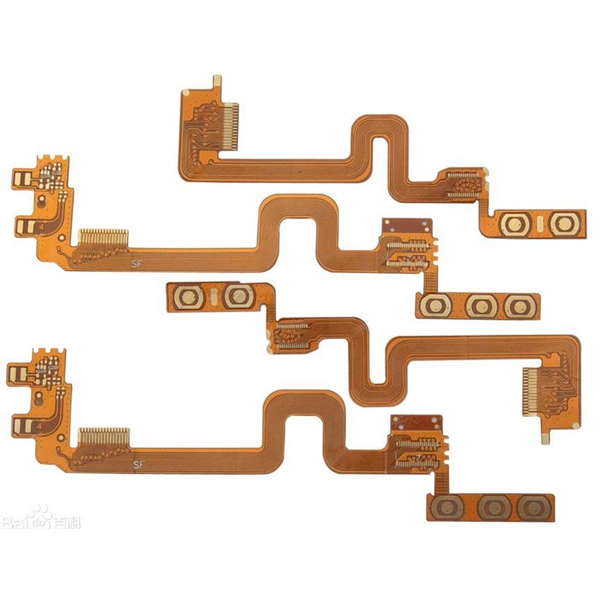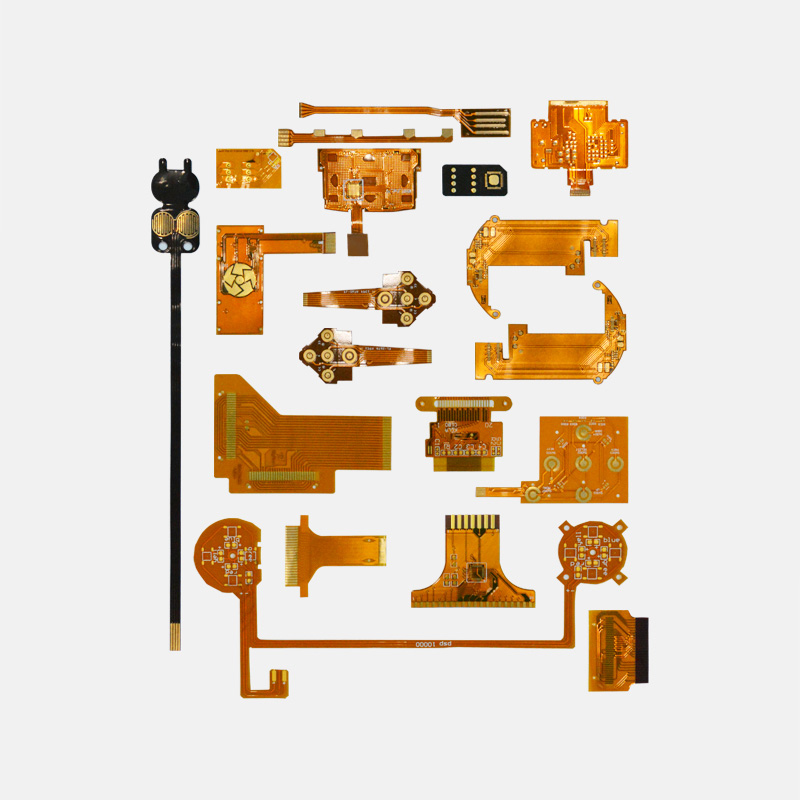When are PCB SMT patch fiducial marks needed?
The Significance of PCB SMT Patch Fiducial Marks
When are PCB SMT patch fiducial marks needed? This is a common question in the world of printed circuit board (PCB) assembly. PCB SMT patch fiducial marks are crucial for various reasons, including accurate component placement, alignment during the reflow process, and successful assembly. In this article, we will take a comprehensive look at the importance of PCB SMT patch fiducial marks, their purpose, and when they are necessary.
1. Definition and Purpose of PCB SMT Patch Fiducial Marks
PCB SMT patch fiducial marks are small, permanent features placed on a PCB to provide reference points during assembly. They are typically circular or square-shaped and have high contrast with the board's background for easy identification. The fiducial marks act as crucial reference points for automated assembly equipment, allowing them to accurately identify and align components during the assembly process.
2. Ensuring Accurate Component Placement
One of the primary functions of PCB SMT patch fiducial marks is to ensure accurate component placement. By providing reference points, fiducial marks enable assembly machines to precisely align components on the board. This is particularly essential for high-density PCBs where component placement tolerances are tight.

3. Alignment during the Reflow Process
During the reflow process, PCBs go through thermal cycles, and components are subjected to temperature variations. PCB SMT patch fiducial marks aid in maintaining alignment between the different layers of the PCB throughout these temperature fluctuations. This is critical for maintaining connectivity and preventing solder joint failures.
4. Necessity for Automated Assembly
PCB SMT patch fiducial marks are indispensable for automated assembly processes. Automated machines rely on fiducial marks to accurately identify the position and orientation of components. Without properly placed fiducial marks, the automated assembly process becomes challenging, resulting in decreased accuracy and the potential for costly errors.
5. Determining the Optimal Placement of Fiducial Marks
The placement of PCB SMT patch fiducial marks is crucial for their successful utilization during assembly. It is recommended to have at least three fiducial marks on the PCB, with one placed near each corner and an additional mark in the center of the board. The fiducial marks should be positioned in a way that they are visible and easily detectable by the assembly equipment.
6. Factors Influencing the Need for Fiducial Marks
The need for PCB SMT patch fiducial marks depends on various factors, such as the complexity of the PCB design, the assembly method used, and the reliability requirements of the final product. If the PCB design involves fine-pitch components, BGA packages, or requires high assembly accuracy, fiducial marks are highly recommended. Similarly, if the assembled PCBs need to meet stringent quality standards or undergo automated assembly, fiducial marks become crucial.
Conclusion
PCB SMT patch fiducial marks play a vital role in ensuring successful and accurate PCB assembly. They serve as reference points, enabling automated assembly machines to precisely align components during the assembly process. By understanding the purpose and significance of PCB SMT patch fiducial marks, electronics manufacturers can improve the efficiency and reliability of their PCB assembly processes, ultimately leading to high-quality end products.
Send PCB Files to Sales@ucreatepcba.com, We Will Quote You Very Soon!




